Why Does My Engine Quit When I Put It In Gear?
Here is exactly what the reader asked the ATV AnswerMan, followed by his response:
I have a 2002 Yamaha Raptor 660. I cleaned the carb and all the passages with cleaner and forced air, replaced jets, fuel needles, seats, o rings, and fuel screws. Clip on needle is set in middle slot (factory settings). Fuel screws are turned out 2 1/2 turns. I also have a new plug and air filter. It starts and idles fine, but if I put it in gear to throttle up, it dies. If I try to rev it a little, it backfires out the exhaust and dies.
The Yamaha Raptor is a wildly popular Sport ATV and the 660 engine is a real performer. But if these machines are left to sit in the garage waiting on their perspective owners, they will age quickly. The fuel in any ATV these days is like cancer when it is sitting idle for too long and spreads a vicious film of varnish as well. Fuel breaks down and just like you might have found in the fine ports of the Raptor carburetor, it causes lots of issues with how the machine runs.
It sounds to me that at least on the surface you have cleaned out the Yamaha’s carburetor well and I will give you the benefit of the doubt for that one, but have you thought about the fuel tank? As fuel sits in the tank it can also create varnish issues in the tank’s fine screen filters that are attached to the fuel petcock. The fuel petcock itself can also become so gummed up that it might be tough to turn the fuel on and when it is on it only allows a very small stream of fuel to flow in. We all know the Raptor requires lots of fuel to run properly and by the way you have described it to me it sounds like the engine could be starving for fuel.
One way to check on the fuel flow is to simply prepare a bowl or something to catch fuel in and turn the fuel petcock to the off position. You will then remove the fuel line off the carburetor and point it into the bowl or container to catch the fuel that may run out of the end of the fuel line. Allow this fuel to run out for a few seconds to properly judge the speed that it is escaping. It needs to flow freely to be able to continuously fill the carburetor bowl.
If the fuel is not flowing properly then you may need to rebuild or replace the fuel petcock and then run the test again. When removing the petcock from the tank you may find varnish has covered the fine mesh screens on the fuel petcock stems and you will most likely need to replace the petcock anyway. Cleaning these fine screens can be tricky and on a 2002 ATV you will most likely crack or even destroy these screens, unintentionally causing unsafe conditions for trashy fuel getting into the carb. Even the internal gating in the fuel petcock can accumulate varnish from ethanol fuel, which ruins gaskets inside and slows fuel flow.
Let’s say your Raptor passed this test and fuel is getting out of the line properly. Then I would look into the main fuel needle and seat to make sure it is allowing the fuel in easily. This can be done with the fuel line attached by removing the bowl and allowing fuel to flow, stopping it by simply raising the floats gently to test its function.
And finally, if the fuel system checks out, there have been issues with the parking brake electronics and some have removed the parking brake rev limiting wires, but you will have to do this at your own risk. I do not suspect this to be your issue, though.
Whether he is in Mexico covering the Baja 1000, building ATVs for local racers, or out enjoying the trails, Rick’s passion shows in his stories. Learning to wrench his own machines from his grandfather, Rick also has an undying appreciation for the mechanics of off-road vehicles. Do not let the dirt and mud fool you, though, as Rick also has a deep love for street cars.
More by Rick Sosebee











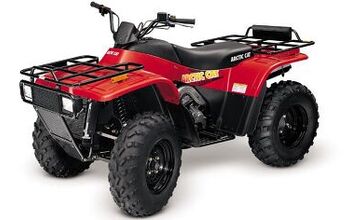

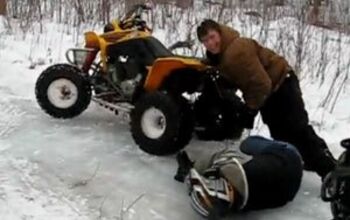
![Derek Guetter Lands 75-foot Back Flip [video]](https://cdn-fastly.atv.com/media/2022/10/24/8742829/derek-guetter-lands-75-foot-back-flip-video.jpg?size=350x220)
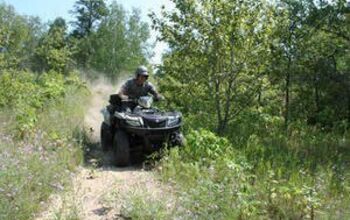
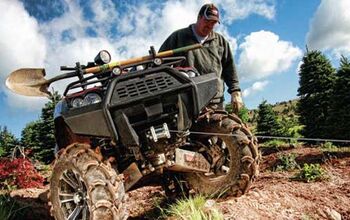

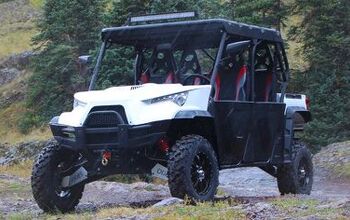
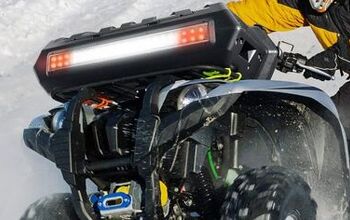
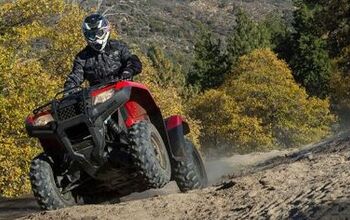

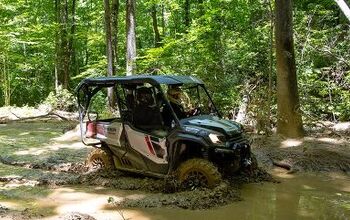
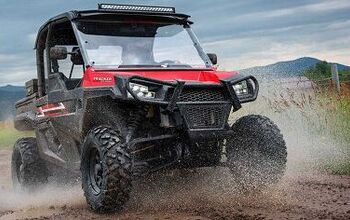
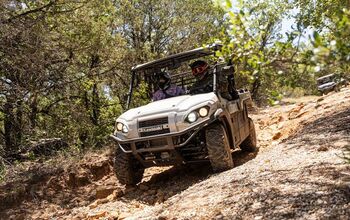
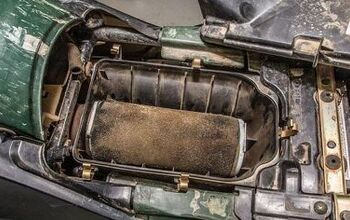


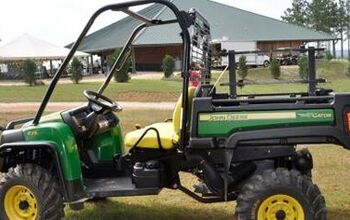
Comments
Join the conversation